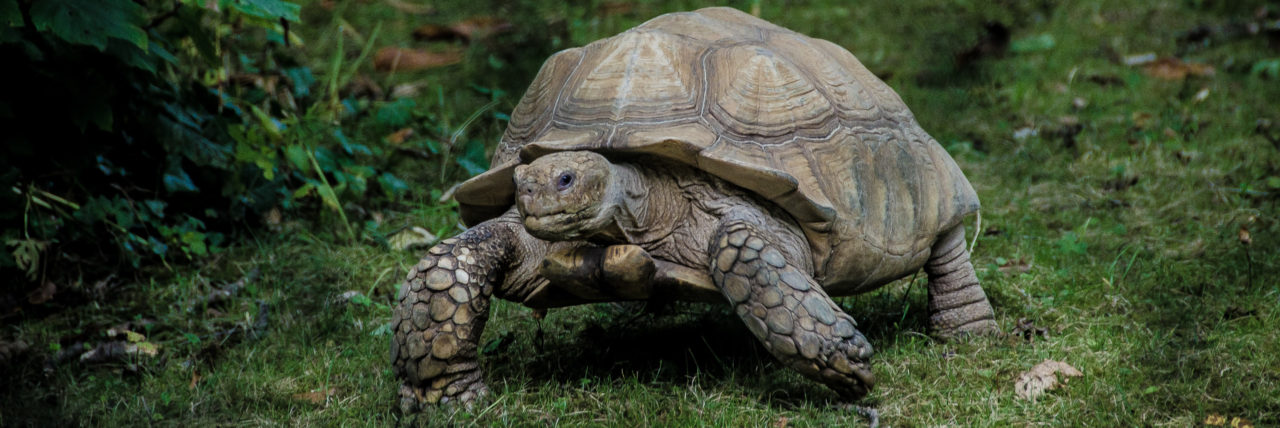We make jokes about stupid NPCs that always do the same. But let us take a look at why video games like Super Mario Bros. use the stubbornness of turtles.
Today’s video games pride themselves in their “advanced AI” that reacts to the players’ actions “dynamically”. Gone are the days of enemies that repetitively walk from one side to the other. Today, we make fun of this in many comics and videos about turtles that bravely march into bottomless pits. But there is more behind the stubbornness of turtles.
When Shigeru Miyamoto designed the first level of Super Mario Bros. for the NES, he created the Goomba. This enemy had one purpose: teach us players to jump. It moves from right to left, where we are coming from. If we do not make Mario jump over or onto it, Mario dies. Since the Goomba moves, it forces us to react. Back in the day, the game was the first jump ‘n’ run that many of us would play. So, we had to learn the basics of jumping and running.
The Goomba is later joined by the Koopa Troopa, a green or red turtle that does not die from one jump on its back. We have to kick it away, once it retreats into its shell. However, the kicked shell bounces off obstacles and can hit us on its way back. So, we have to be careful. Green Koopas stubbornly walk in one direction, even if they fall of the edge of a platform, just like Goombas.
When these simple enemies are placed on the other side of a bottomless pit, inexperienced players can simply wait for them to fall, before they try to jump over the pit. This gives them a little more time to learn and get used to the controls. More skilled players can try to jump over the pit and land on or next to a green Koopa without waiting.
Red Koopas are a little smarter. Whenever they reach the end of a platform, they turn around. This means, that they stay on their platform, no matter how long we wait. This makes them a more difficult obstacle to pass, which is why they are more common in later levels.
Obstacle is the keyword here. Just like bottomless pits and walls of fire, they are part of an obstacle course, we as players have to pass. The only difference is that Goombas and Koopas can be defeated and thusly removed from the game. These enemies do not make the game fun, because of how they react to us players. They make the game fun, because of how we players react to them.
If you want to develop a game, think about whether it is necessary to create a smart AI that controls the enemies. Point out, what you want your players to do or learn and design the enemies with that purpose in mind. Often, there is a solution that is just as straightforward as a stubborn turtle.
What are your favorite experiences with the stubbornness of turtles? Share them in the comments below! I look forward to reading them. In the mean time, I will jump over some Koopas.
(Photo by Luca Ambrosi on Unsplash)


Leave a Reply